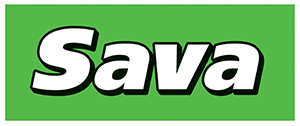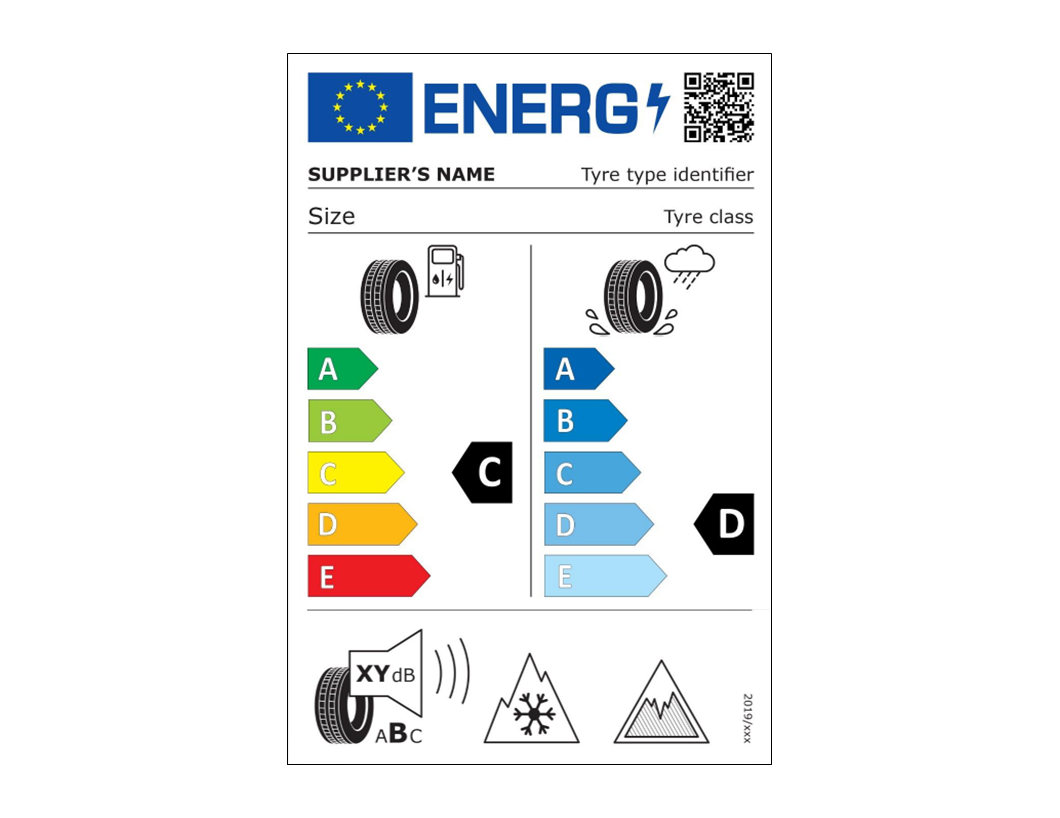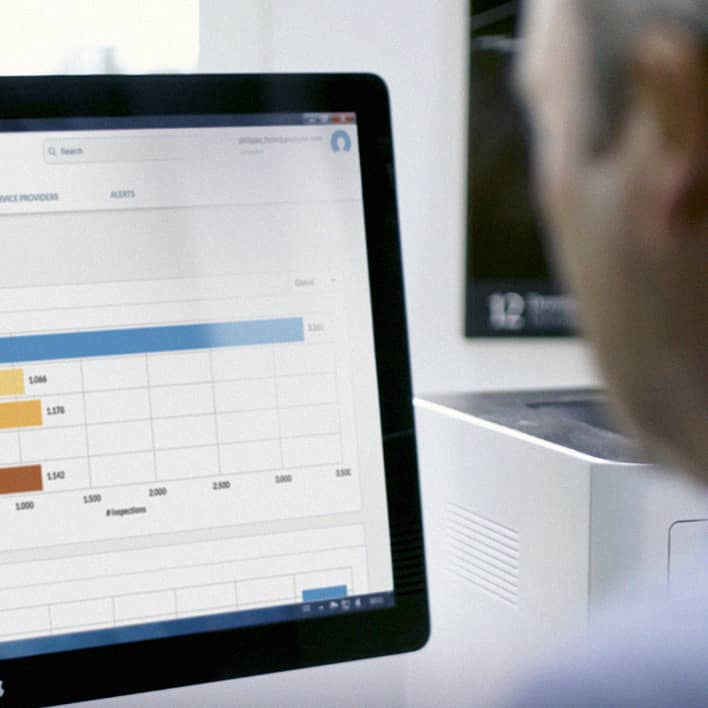Introduced in 2012, the tire label provides consumers across Europe with essential information on fuel efficiency, safety, and noise by detailing the tires’ rolling resistance, wet grip, and external rolling noise. By using this common scale, the aim of the EU tire label is to make it easier for consumers to make an informed choice when buying new tires. As of the 1stof May 2021, the revised tire label will come into effect.
- België
- Belgique
- България
- Česká republika
- Danmark
- Deutschland
- Eesti
- España
- Ελλάδα
- France
- Hrvatska
- Ireland
- Italia
- Latvija
- Lietuva
- Magyarország
- Middle East and Africa
- Nederland
- Norge
- Österreich
- Polska
- Portugal
- România
- Schweiz
- Suisse
- Svizzera
- Slovenija
- Slovensko
- Serbia
- Suomi
- Sverige
- South Africa
- Türkiye
- United Kingdom
- Україна
















